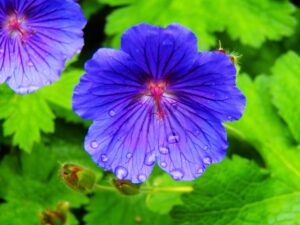Whether you’re a seasoned plant enthusiast or just beginning your indoor gardening journey, this guide highlights 30 indoor plants that can suit a variety of tastes and lifestyles.
1. Snake Plant (Sansevieria)

Commonly known as mother-in-law’s tongue, the Snake Plant is renowned for its hardy nature. Its tall, sword-like leaves can tolerate low light conditions and irregular watering, making it an ideal choice for beginners. This plant also purifies the air by filtering out toxins, contributing to a healthier home environment.
2. Pothos (Epipremnum aureum)
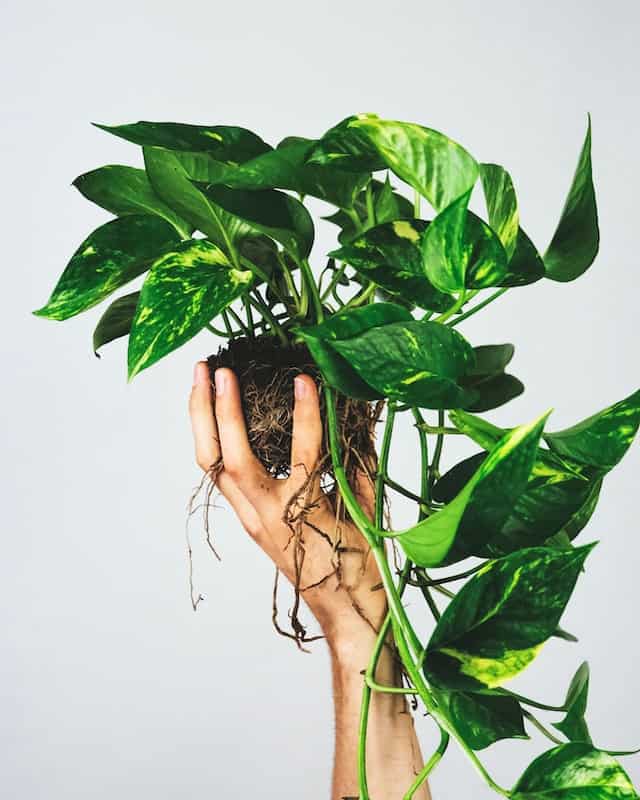
Pothos is a versatile and hardy vine that comes in a variety of colors and leaf shapes, providing a lush look to any room. It thrives in different lighting conditions and requires minimal maintenance. Pothos is perfect for hanging baskets or shelves, allowing its trailing vines to create a charming display.
3. Peace Lily (Spathiphyllum)

With its elegant white flowers and glossy green leaves, the Peace Lily is a popular choice. It prefers low to medium light and only needs watering when the soil feels dry. Beyond its beauty, this plant is known for its air-purifying properties, making it a perfect addition to bedrooms, offices, or any living space.
4. Spider Plant (Chlorophytum comosum)
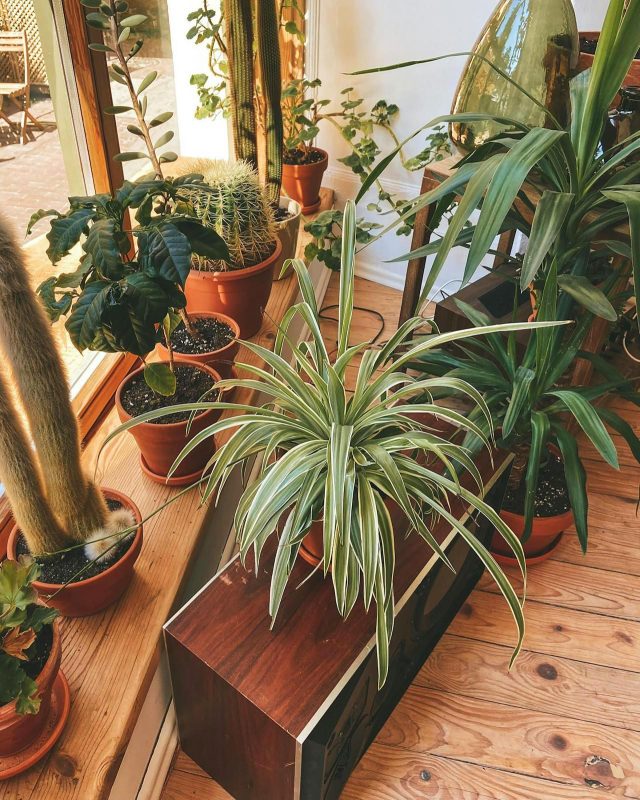
The Spider Plant is celebrated for its arching green and white striped leaves. It produces “babies” that can be propagated easily. Adaptable to various environments, this plant is great for hanging pots or tabletops and is efficient at removing indoor pollutants.
5. ZZ Plant (Zamioculcas zamiifolia)
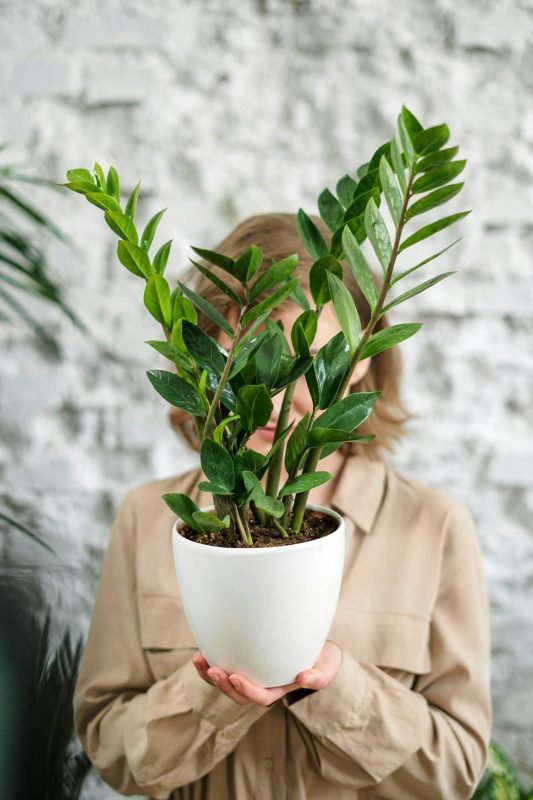
The ZZ Plant is favored for its glossy, dark green leaves and ability to thrive in low light. Its drought tolerance makes it an excellent option for busy individuals or those new to plant care. This low-maintenance plant adds a modern touch to any space.
6. Rubber Plant (Ficus elastica)
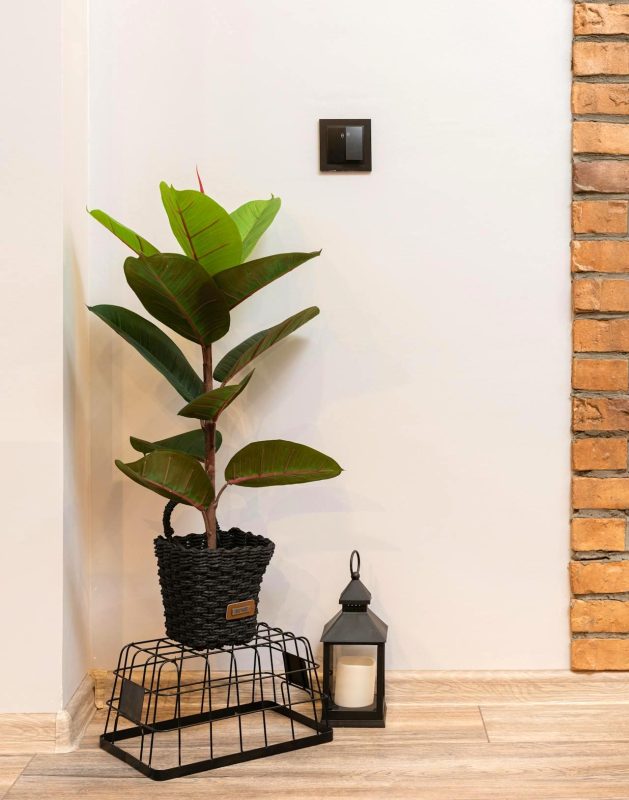
The Rubber Plant features broad, leathery leaves that can be deep green or variegated. Preferring bright, indirect light, this plant can grow quite tall, making it a stunning statement piece for corners or living rooms. It also has air-purifying qualities.
7. Dracaena
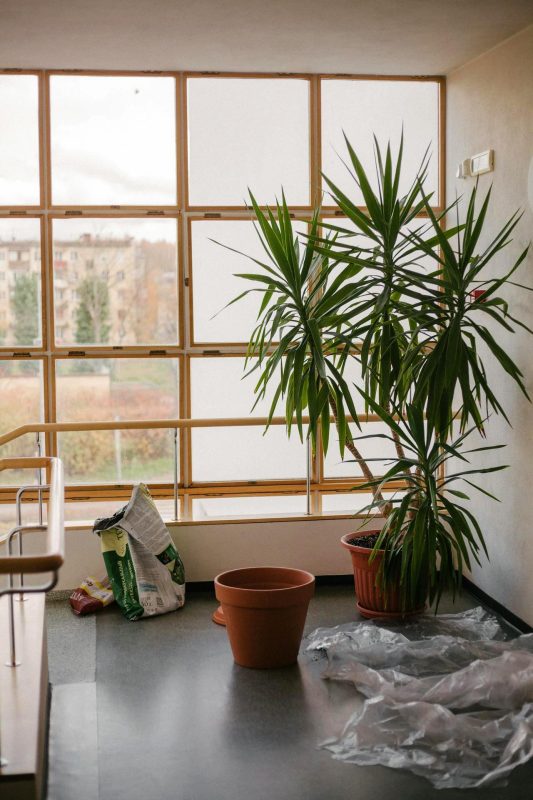
Dracaena encompasses a variety of species, each with unique leaf patterns and colors. They are easy to grow and adapt well to different lighting conditions, though they prefer indirect light. Dracaena plants, with their regal growth habit, are perfect for adding a touch of elegance to your indoor spaces.
8. Monstera Deliciosa
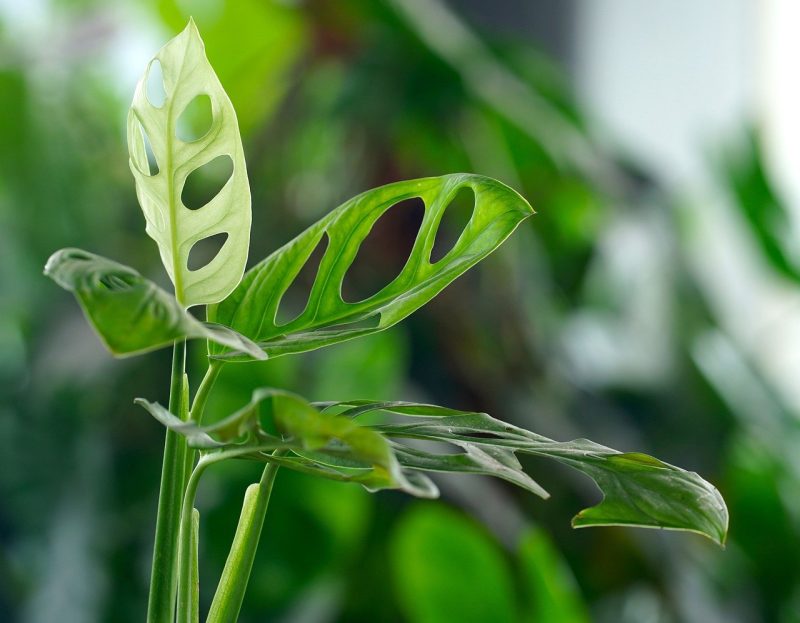
Often referred to as the Swiss cheese plant due to its unique leaf holes, Monstera is a trendy plant that thrives in moderate to bright indirect light. Its large, dramatic foliage makes it a favorite among interior designers. Plus, it’s relatively easy to care for, requiring minimal watering.
9. Boston Fern (Nephrolepis exaltata)
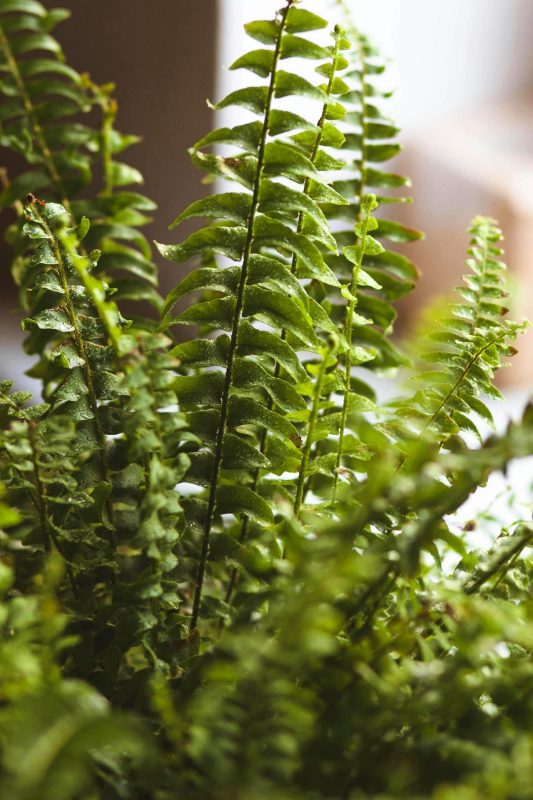
For those who enjoy a lush, green environment, the Boston Fern is a classic choice. This plant loves humidity and indirect light, making it suitable for bathrooms or kitchens. Regular misting will keep its fronds vibrant and healthy.
10. Chinese Evergreen (Aglaonema)
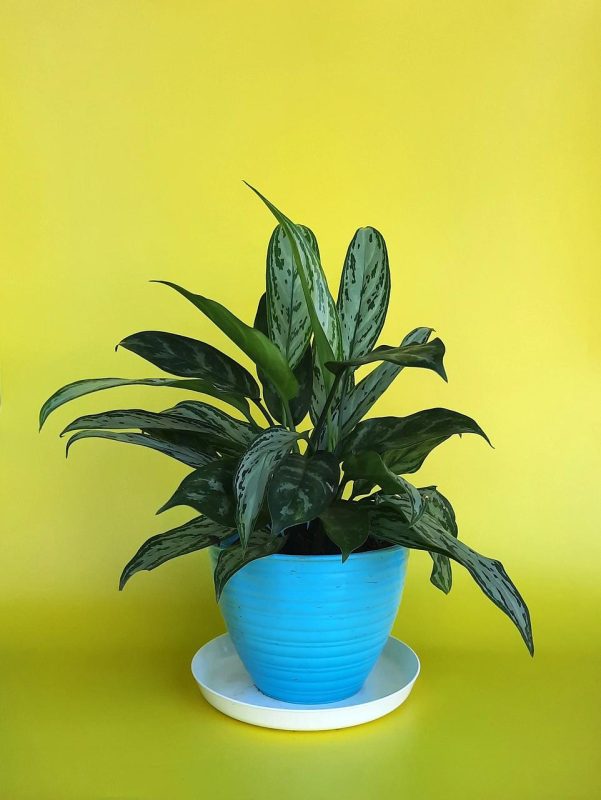
Chinese Evergreens are known for their striking foliage, with a range of colors from deep green to silver and red. They thrive in low light and are incredibly easy to care for, making them perfect for beginners. Plus, they have air-purifying properties.
11. Philodendron

Philodendrons are versatile and come in many forms, including climbing varieties and self-heading types. They thrive in a variety of lighting conditions and are relatively drought-tolerant. Their heart-shaped leaves contribute to a warm and inviting atmosphere.
12. Fiddle Leaf Fig (Ficus lyrata)
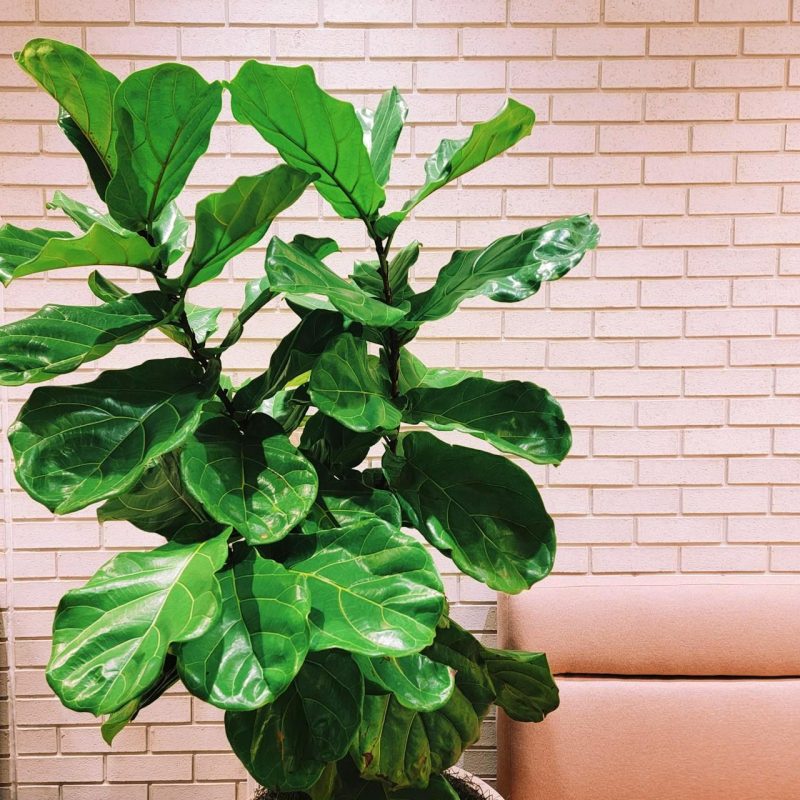
The Fiddle Leaf Fig has become the darling of interior design, known for its large, dramatic leaves. Ideal for bright, indirect light, this plant adds a bold statement to any room. While it requires a bit more care than some other indoor plants, its striking appearance is worth the effort.
13. Aloe Vera
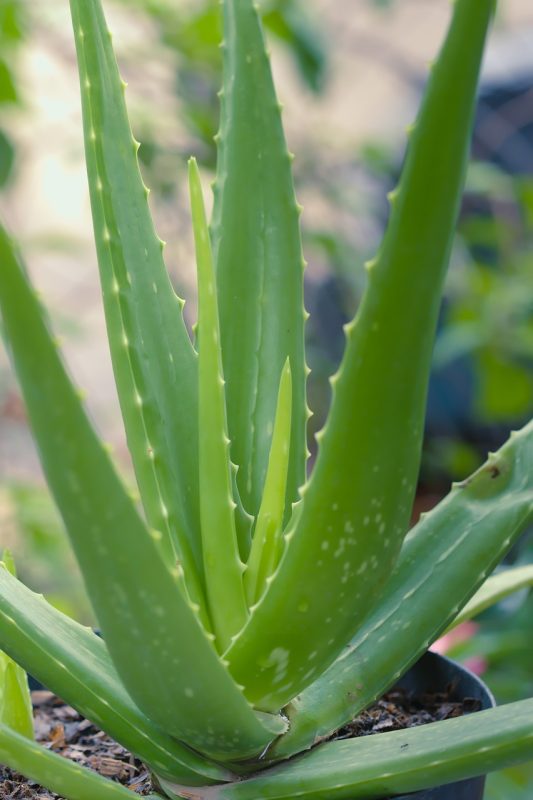
Aloe Vera is not only beautiful but also has medicinal properties. This succulent prefers bright light and infrequent watering, making it low-maintenance. It’s perfect for sunny windowsills and can even provide soothing gel for minor skin irritations.
14. Bird of Paradise (Strelitzia reginae)
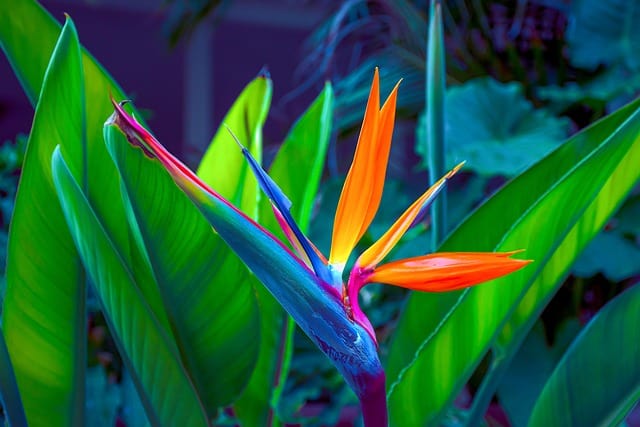
The Bird of Paradise plant is known for its stunning, tropical foliage and vibrant flowers. It thrives in bright, indirect light and can grow quite large, making it a beautiful centerpiece for any room. This plant adds an exotic flair to your indoor space and can be a magnificent conversation starter. Bird of Paradise prefers to be regularly watered, especially during the growing season, but ensure that the soil drains well to prevent root rot.
15. Calathea
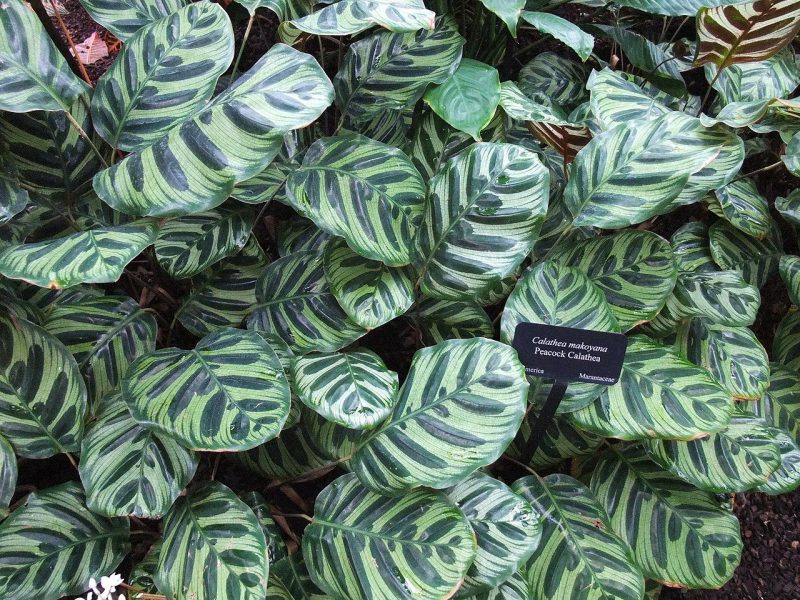
Calathea plants are often referred to as “prayer plants” due to their distinctive foliage that often rolls up at night, mimicking a prayer position. With striking patterns and colors across its varieties, Calathea thrives in low to medium light and requires constant moisture, making it ideal for those who appreciate beauty and are willing to provide a little extra care.
16. Letizia Pothos (Epipremnum aureum ‘Neon’)

This beautiful variant of the traditional pothos exhibits bright, vibrant, neon-green leaves that truly stand out. It’s a low-maintenance plant that can thrive in a range of lighting conditions, from low light to bright indirect light, and looks beautiful in both hanging baskets and as a climbing plant on a shelf.
17. Chinese Money Plant (Pilea peperomioides)
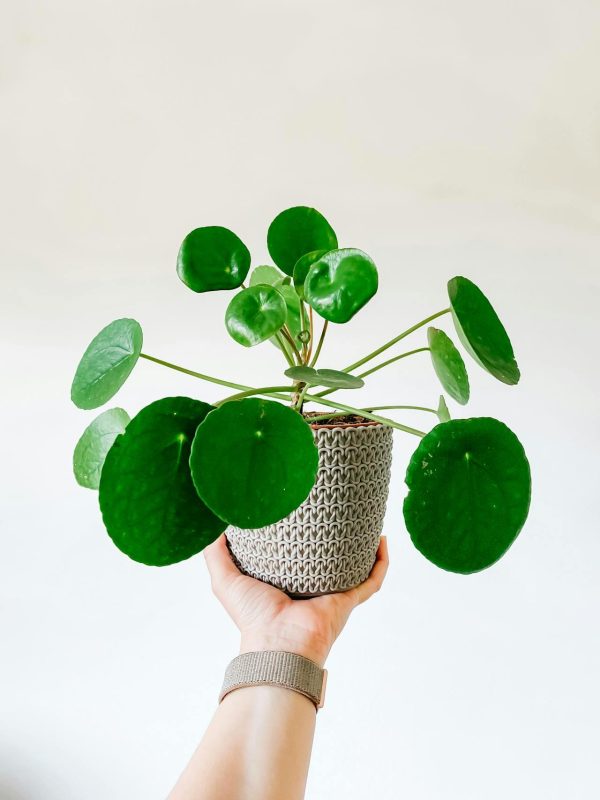
The Chinese Money Plant, also known as the Pancake Plant or UFO Plant, has round, flat leaves that give it a whimsical appearance. It is relatively easy to care for, tolerating a variety of light conditions but thriving in bright, indirect light. The plant is not only aesthetically pleasing but is also believed to bring good luck and prosperity.
18. Parlor Palm (Chamaedorea elegans)
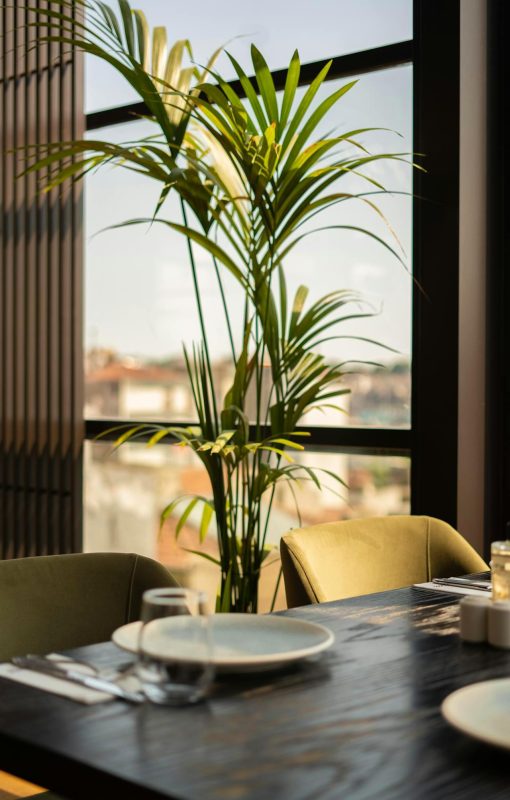
The Parlor Palm is a small, elegant plant that thrives in low light and is incredibly forgiving if you occasionally forget to water it. With its graceful arching fronds, it can add a touch of tropical elegance to your home or office, without demanding much attention.
19. Lavender (Lavandula)
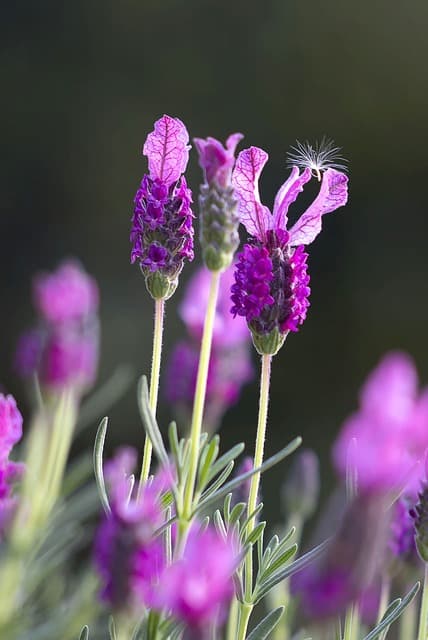
While often associated with outdoor gardens, Lavender can thrive indoors if given enough sunlight. Its beautiful purple flowers and calming fragrance can enhance the atmosphere in any room. Ensure it gets 6 hours of direct sunlight each day, and it will reward you with aromatic leaves that can also be used for various home remedies.
20. Nerve Plant (Fittonia)
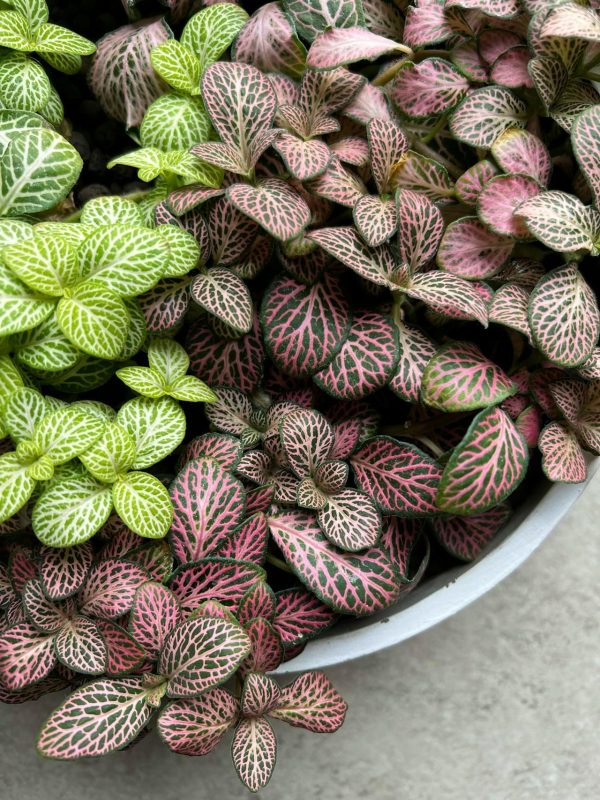
Nerve Plant, known for its stunning foliage that features contrasting vein patterns, is a favorite for terrariums. It thrives in high humidity and low to medium light, making it perfect for bathrooms or humid environments. Nerve Plants require consistent moisture, so be sure to keep the soil damp.
21. Kentia Palm (Howea forsteriana)
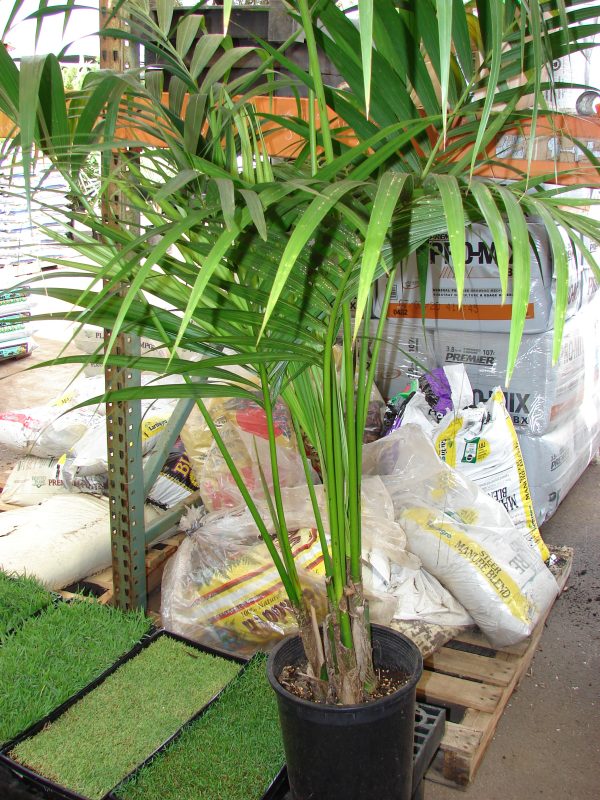
The Kentia Palm is ideal for those looking to add a touch of the tropics to their indoor space without requiring a lot of care. With elegant, arching fronds that can reach impressive heights, this palm thrives in low light and only needs watering when the soil feels dry.
22. Christmas Cactus (Schlumbergera)

Christmas Cactus is a unique choice that thrives during the holiday season. Its beautiful pink or red flowers bloom in winter, brightening up your indoor space. This plant prefers bright, indirect light and should be watered when the top layer of soil is dry.
23. Cast Iron Plant (Aspidistra elatior)
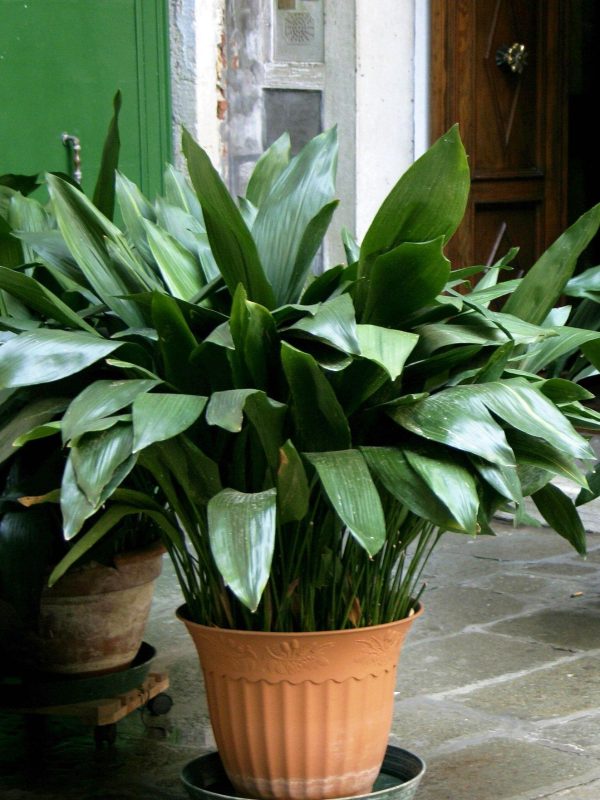
True to its name, the Cast Iron Plant is nearly indestructible. It can thrive in various light conditions, including low light, and requires minimal watering. Its dark green leaves add a classic touch to indoor decor, making it a favorite for busy households.
24. Croton (Codiaeum variegatum)
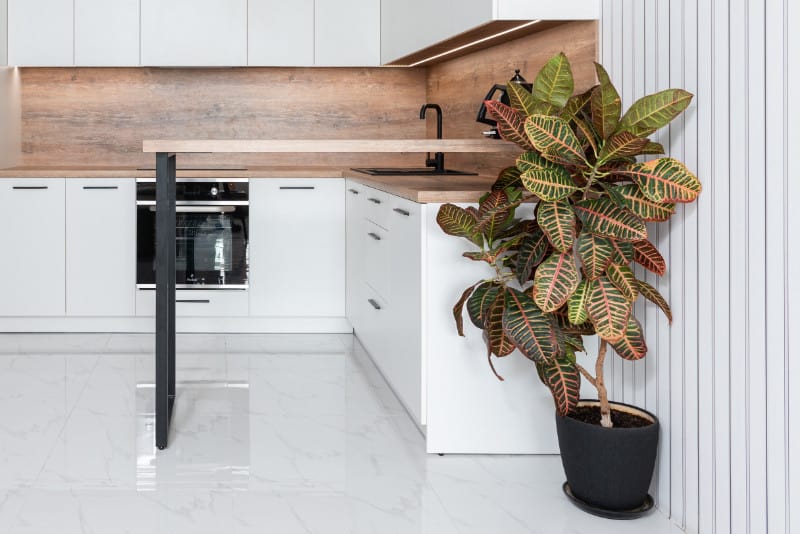
The Croton plant is known for its striking foliage that boasts vibrant colors ranging from yellow to red and green. It prefers bright, indirect light and regular watering, but it’s essential to ensure proper drainage. Crotons can be a stunning focal point in any room.
25. Bamboo Palm (Chamaedorea seifrizii)
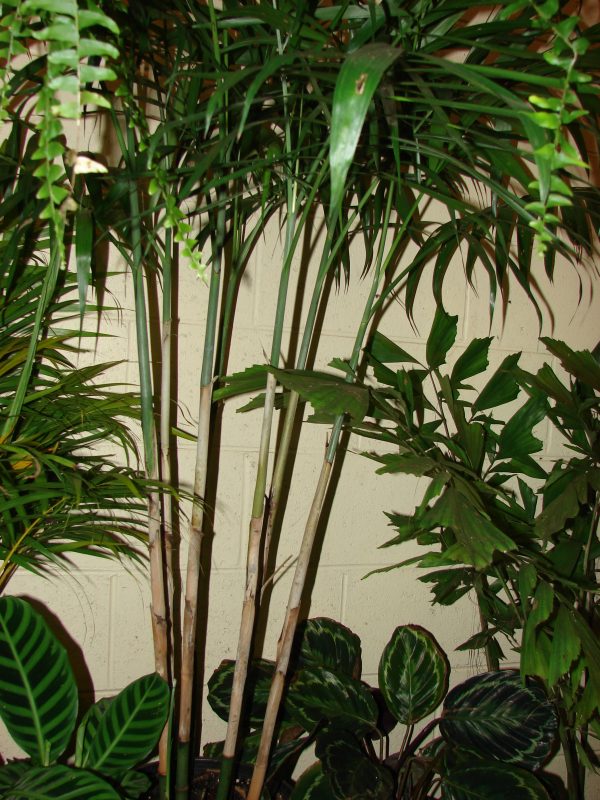
The Bamboo Palm is another excellent choice for indoor air purification. It’s characterized by its graceful, feathery fronds and can prosper in low light. Additionally, it’s pet-friendly, making it a safe option for homes with animals.
26. Maidenhair Fern (Adiantum)
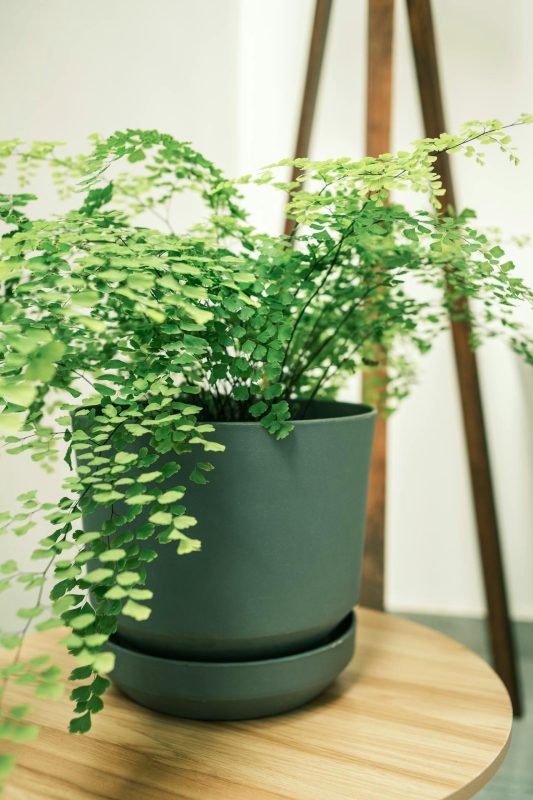
With its delicate fronds and lush appearance, the Maidenhair Fern brings a soft touch to any indoor environment. It thrives in humid conditions and indirect light, making it perfect for bathrooms or kitchens. This fern appreciates regular misting to maintain its health.
27. Hoyas (Hoya carnosa)
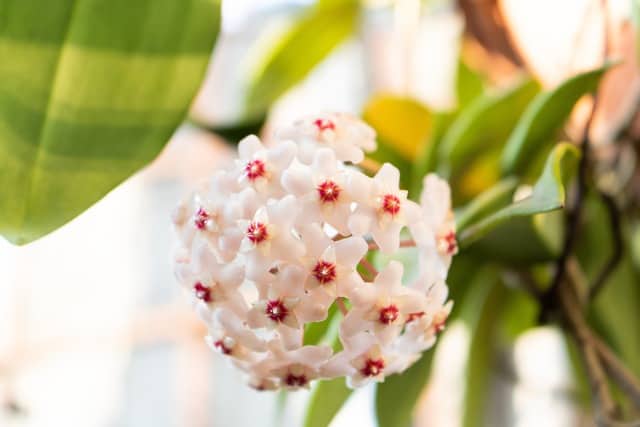
Hoya, often called the wax plant, features thick, waxy leaves and can produce stunning clusters of fragrant flowers. They prefer bright, indirect light and are drought-tolerant, making them ideal for busy plant parents. Their unique foliage and flowers add an exotic touch to any space.
28. African Violet (Saintpaulia)
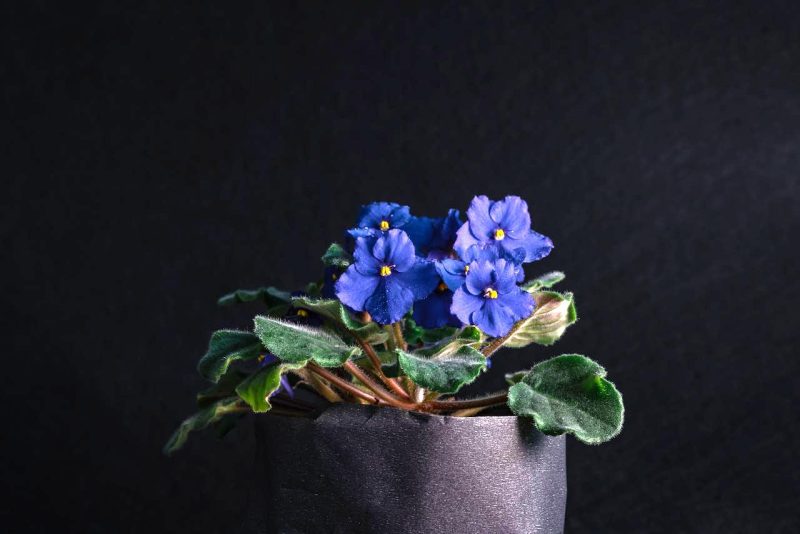
African Violets are beloved for their lush, green leaves topped with velvety purple, pink, or white flowers. They thrive in bright, indirect sunlight and prefer to be watered from below to keep their leaves dry. These charming plants add a splash of color to any indoor setting and can bloom year-round with the right care. They are perfect for bright windowsills or as part of an indoor plant arrangement.
29. String of Pearls (Senecio rowleyanus)
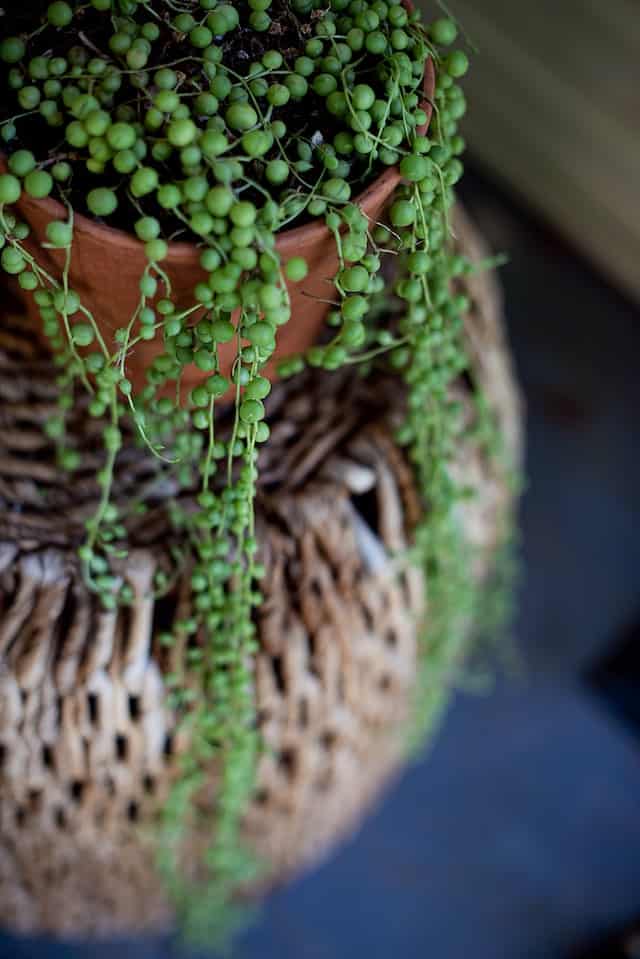
The String of Pearls is a unique succulent known for its trailing vines adorned with small, bead-like leaves that resemble pearls. This plant thrives in bright, indirect sunlight and prefers to dry out between waterings, making it low-maintenance. It looks stunning in hanging pots, where its vines can cascade elegantly.
30. Sago Palm (Cycas revoluta)
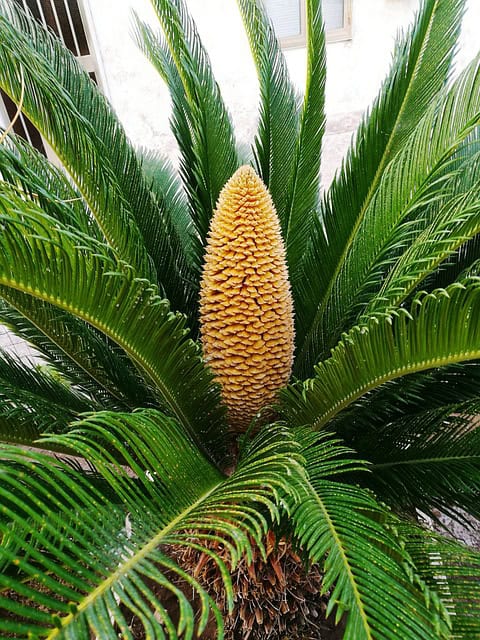
The Sago Palm might look like a palm tree, but it’s actually a cycad. Its glossy, feather-like leaves create a tropical look, and it can tolerate low light levels. This plant requires well-draining soil and should be watered sparingly. While it’s not a true palm, its striking presence makes it a favorite for indoor settings.
31. Ponytail Palm (Beaucarnea recurvata)
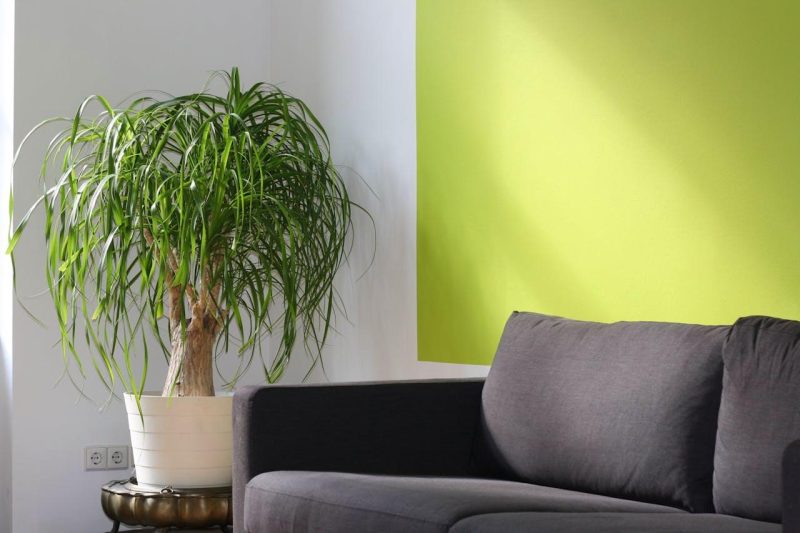
Though it resembles a palm tree, the Ponytail Palm is actually a succulent. Its bulbous base stores water, making it drought-tolerant and low-maintenance. This playful plant features long, arching leaves that give a whimsical touch to any room. It prefers bright light and infrequent watering.
32. New Guinea Impatiens (Impatiens hawkeri)
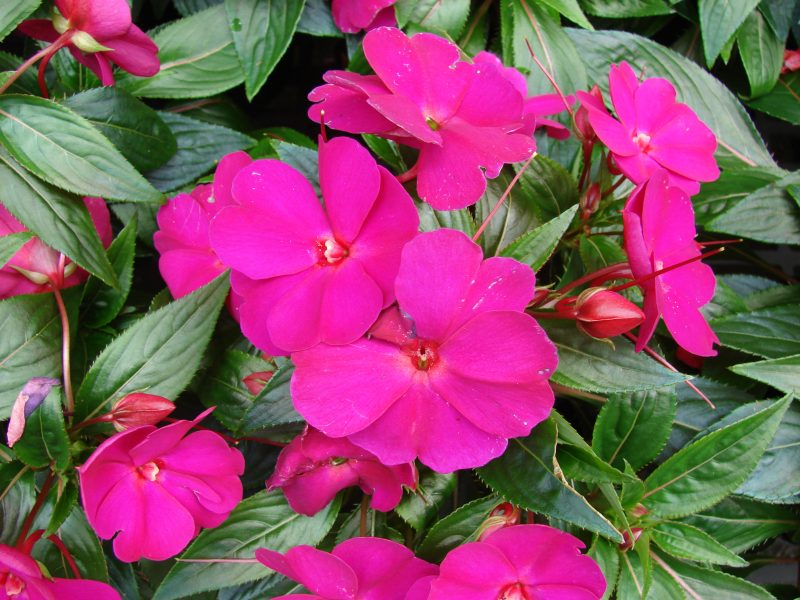
New Guinea Impatiens are known for their striking flowers, which bloom in vibrant colors. They prefer bright, indirect light and consistent moisture. These plants brighten up indoor spaces with their colorful blooms, making them perfect for window sills or plant stands.
33. Toad Plant (Peperomia)
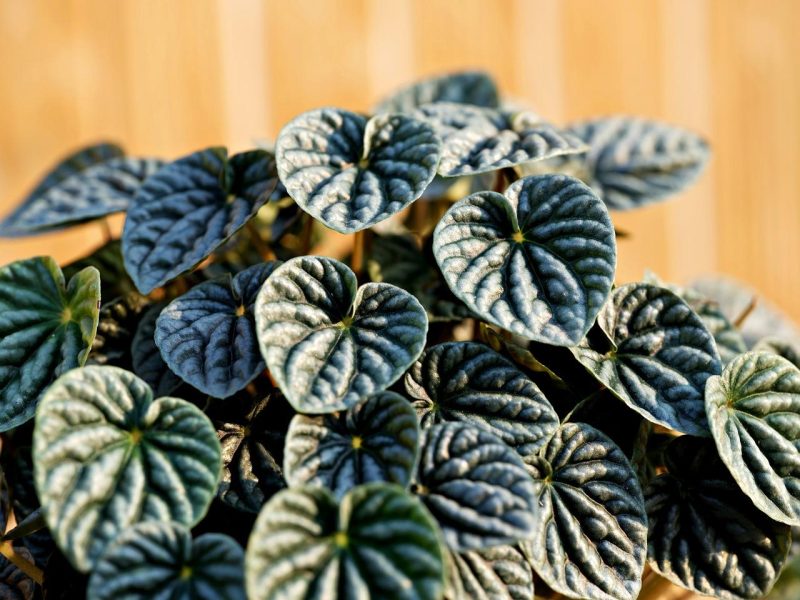
Peperomias, like the Toad Plant, are compact and diverse in colors and textures. They are very low-maintenance and thrive in moderate light. They are perfect for small spaces, and their unique foliage adds visual interest to any indoor collection.
34. Scindapsus (Scindapsus aureus)
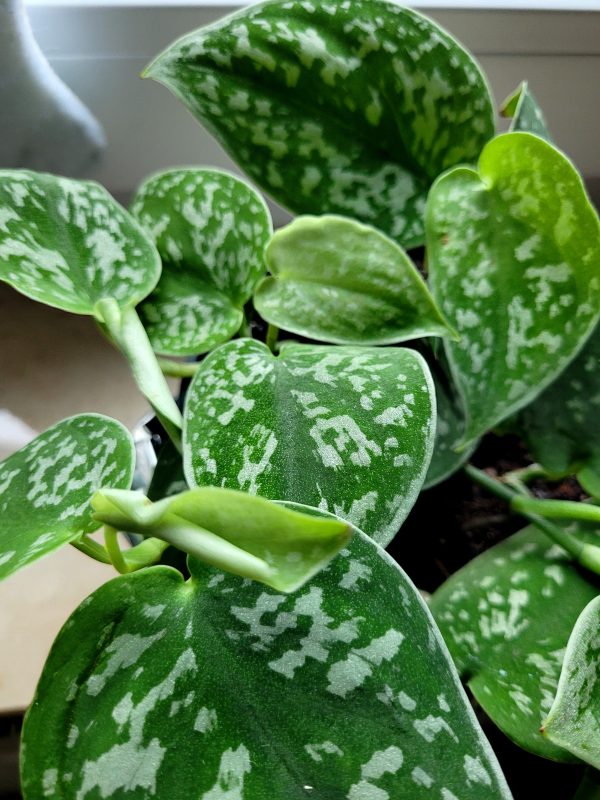
Often referred to as Satin Pothos, Scindapsus features stunning, silvery foliage that can brighten darker corners of your home. It’s a trailing vine that can be hung or placed on shelves, where its leaves will cascade elegantly. This plant thrives in moderate to bright indirect light and is forgiving of occasional neglect.
35. Grape Ivy (Cissus rhombifolia)
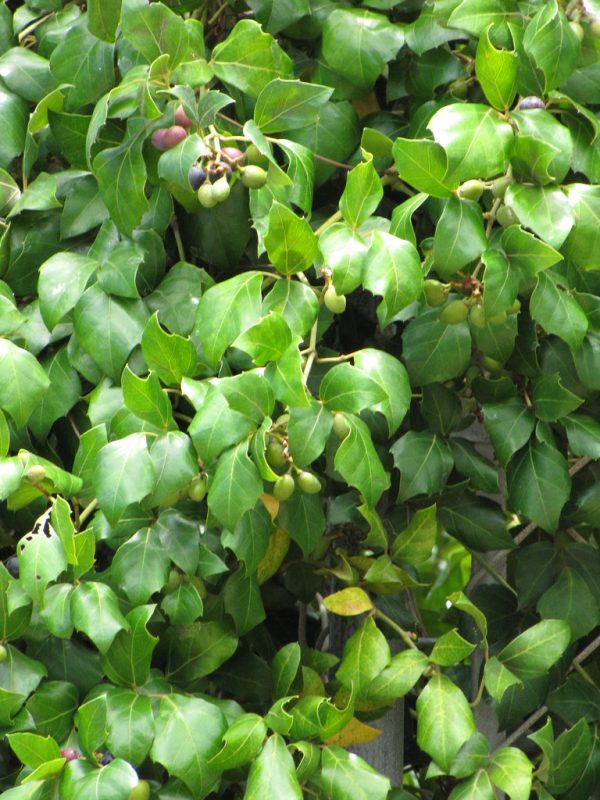
Grape Ivy is a robust climbing plant that produces lush, green foliage. It tolerates a variety of light conditions but does best in bright, indirect light. This plant is a fast grower, making it excellent for creating green walls or trailing decor.
36. Flame Violet (Episcia)
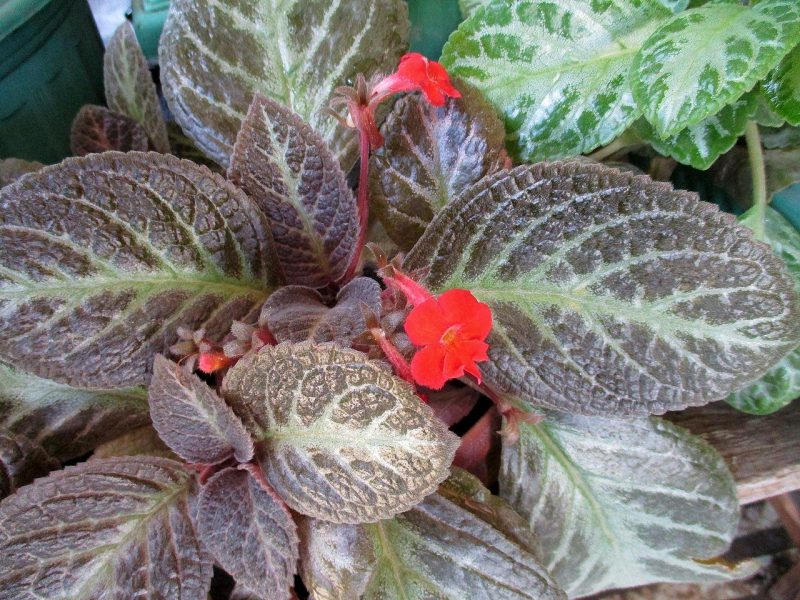
Flame Violets are known for their unique, colorful foliage, often featuring shades of red and green. They thrive in bright, indirect light and enjoy humidity, making them excellent candidates for hanging baskets or high shelves. Their vibrant leaves provide a splash of color year-round.
37. Silver Bay (Aglaonema ‘Silver Bay’)

This stunning variety of Chinese Evergreen features silvery-green leaves, adding sophistication to your indoor plant collection. It thrives in low to medium light and is very forgiving if you forget to water it occasionally. It’s an excellent choice for low-light areas.
38. ZZ Raven (Zamioculcas zamiifolia ‘Raven’)
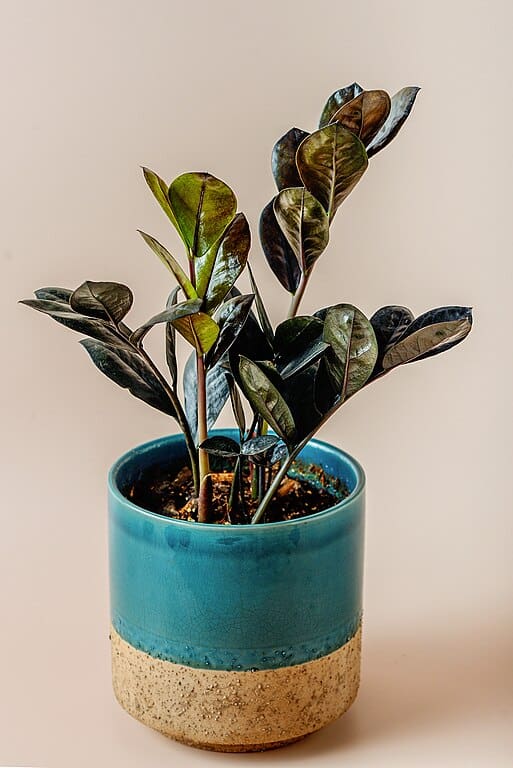
An intriguing variation of the classic ZZ Plant, the ZZ Raven has dark, almost black foliage that adds modern sophistication to any space. Like its counterpart, it thrives in low light and requires minimal care, making it a stylish option for busy individuals.
39. Anthurium
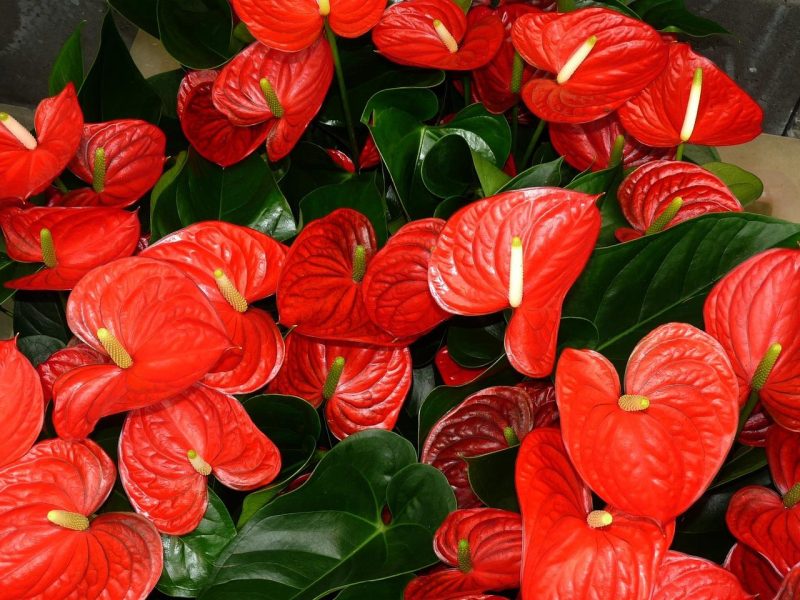
Anthurium is known for its long-lasting, heart-shaped flowers that come in vibrant reds, pinks, and whites. They thrive in bright, indirect sunlight and require consistent moisture. These plants not only enhance the beauty of your home but also act as natural air purifiers.
40. English Ivy (Hedera helix)
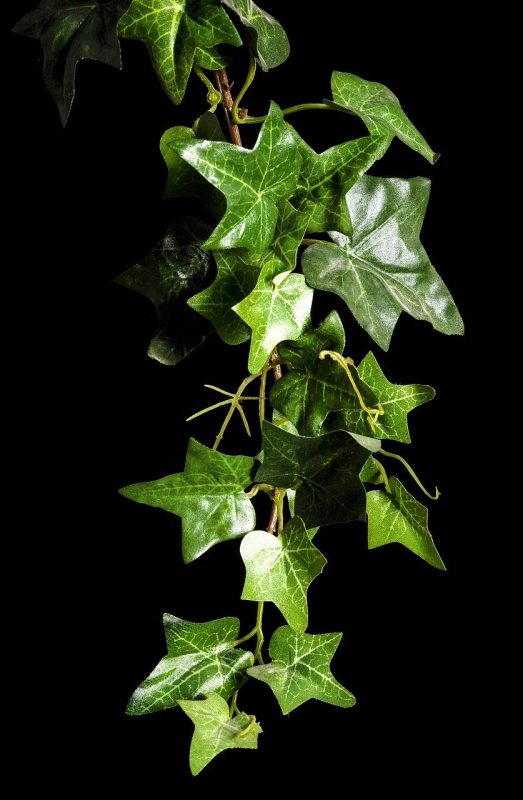
English Ivy is a classic climbing vine that can also be trained to trail down from hanging baskets. It thrives in bright light but can adapt to lower light conditions. It’s great for adding greenery to shelves or creating a natural curtain effect around windows.
41. Ficus Benjamina (Weeping Fig)
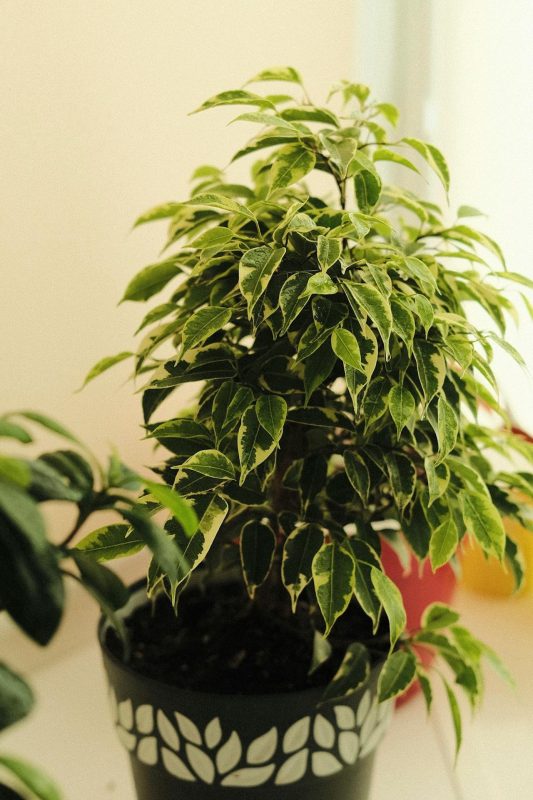
The Weeping Fig is a popular indoor tree known for its drooping branches and small leaves. It prefers bright, indirect light and regular watering. This tree can grow quite tall, making it an excellent statement piece for larger rooms.
42. Orchid (Phalaenopsis)
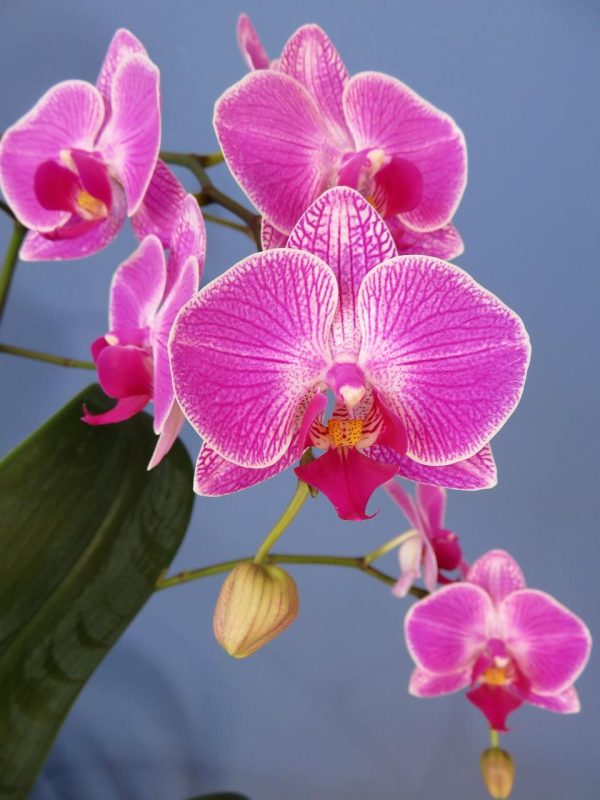
Orchids are fascinating and elegant houseplants that can bloom for many months with proper care. They prefer bright, indirect light and require well-draining potting media. While they may seem challenging, many varieties are surprisingly easy for beginners to care for.
43. Hoya Kerii (Sweetheart Hoya)
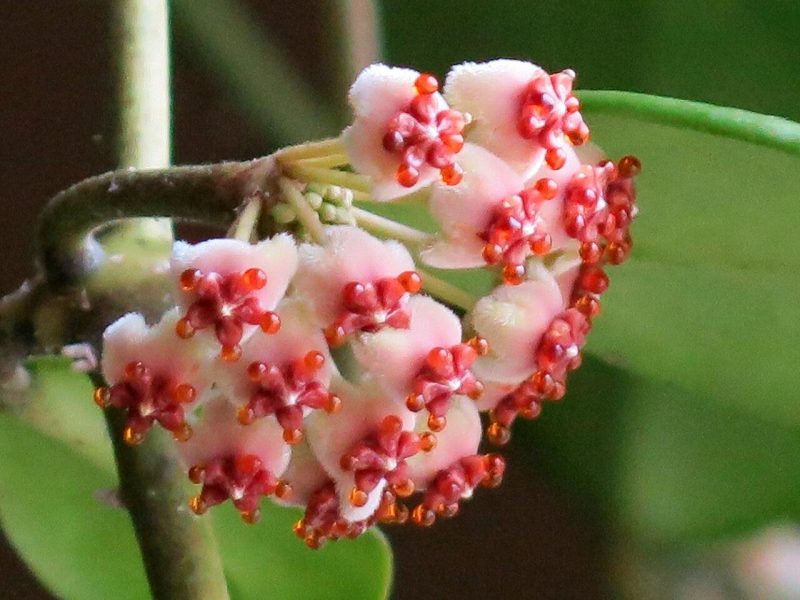
Hoya Kerii, also known as the Sweetheart Plant, features heart-shaped leaves that are sure to steal hearts. This succulent prefers bright, indirect light and requires little water, making it a perfect plant for lovers or a gift for special occasions.
44. Dracaena Marginata (Dragon Tree)
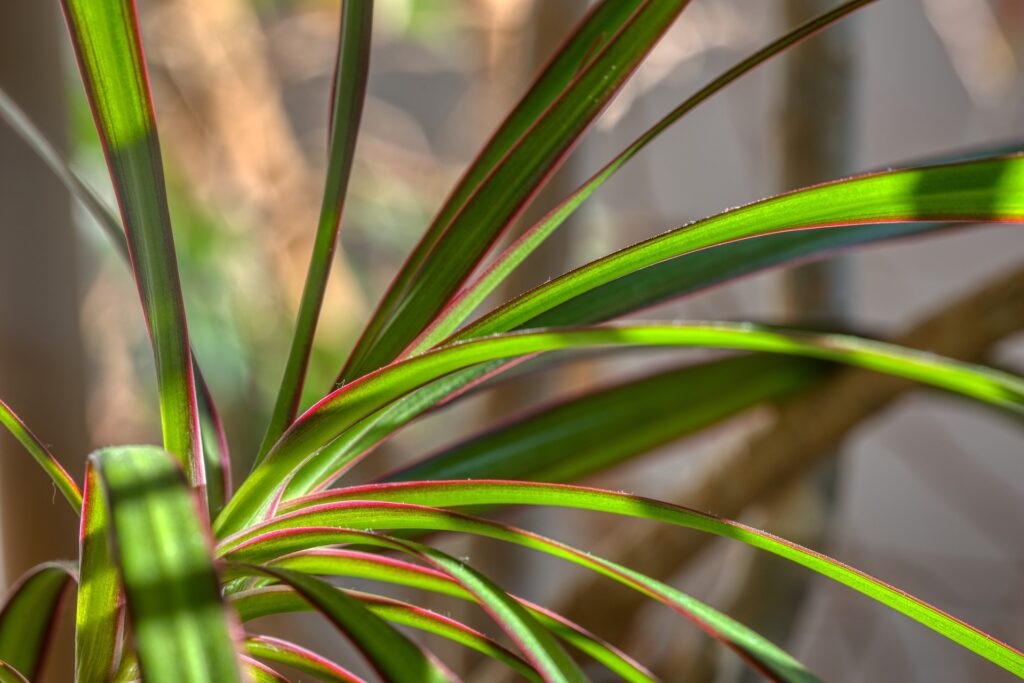
The Dragon Tree has striking, spiky leaves with a vibrant red edge. It is a hardy plant that thrives in bright indirect light but can tolerate lower light levels. This plant is perfect for adding a bit of drama with its vertical growth and is also known for being a good air purifier.
45. Rattlesnake Plant (Calathea lancifolia)
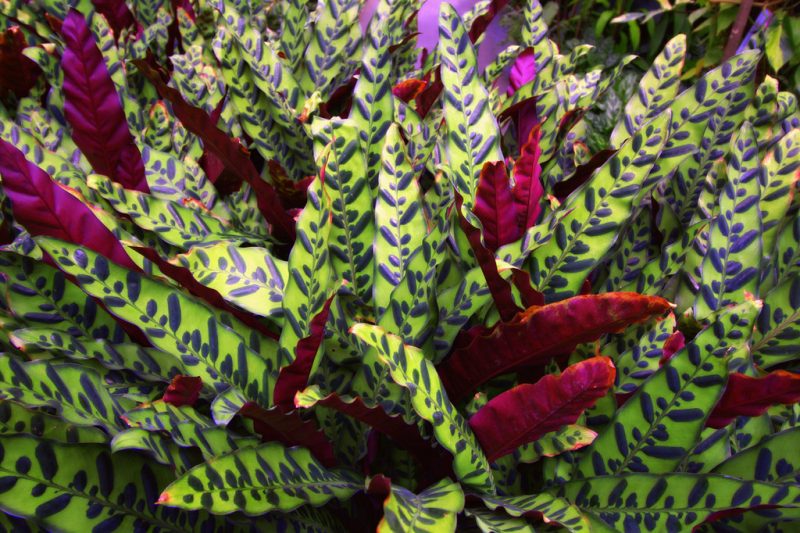
The Rattlesnake Plant, with its elongated leaves adorned with striking stripes, is as beautiful as it is unique. Preferring low light and high humidity, the Rattlesnake Plant adds a touch of tropical flair to your indoor garden. It thrives with regular watering but should be kept out of direct sunlight to prevent leaf burn. As its leaves move and “rattle” in the evening, it’s a captivating addition to any plant collection.
46. Spider Plant (Chlorophytum comosum)
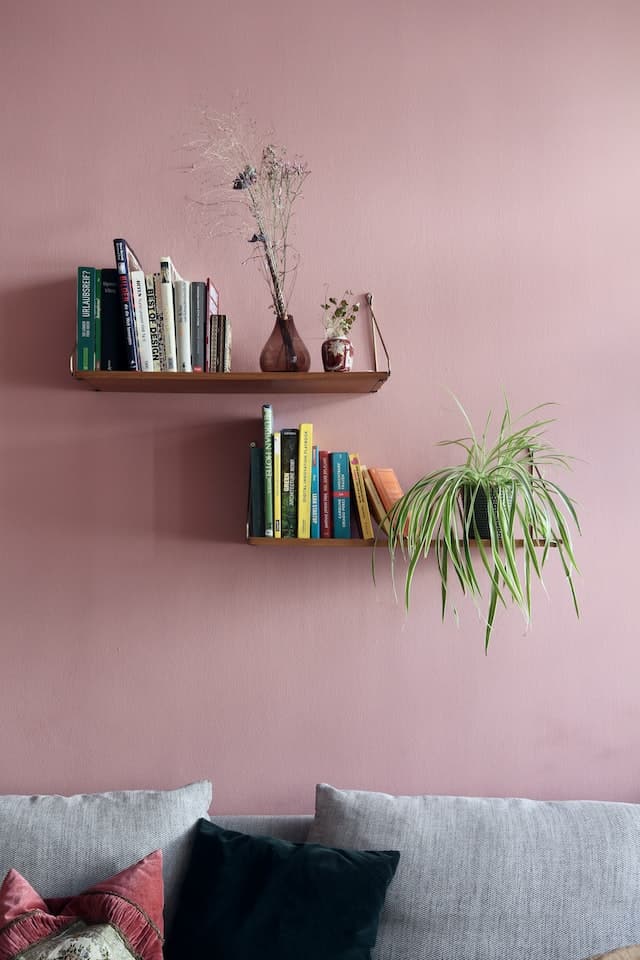
Spider Plants are renowned for their air-purifying qualities and resilience. With arching green leaves featuring white stripes and baby “spiderettes” that trail down, this plant is both decorative and functional. It thrives in a variety of light conditions and prefers to dry out between waterings, making it very easy to care for.
47. Dusty Miller (Senecio cineraria)

Known for its silvery foliage, Dusty Miller is often used in gardens but can also thrive indoors. It prefers bright light and can tolerate dry conditions, making it an attractive, low-maintenance choice for sunny windowsills.
48. Bromeliad
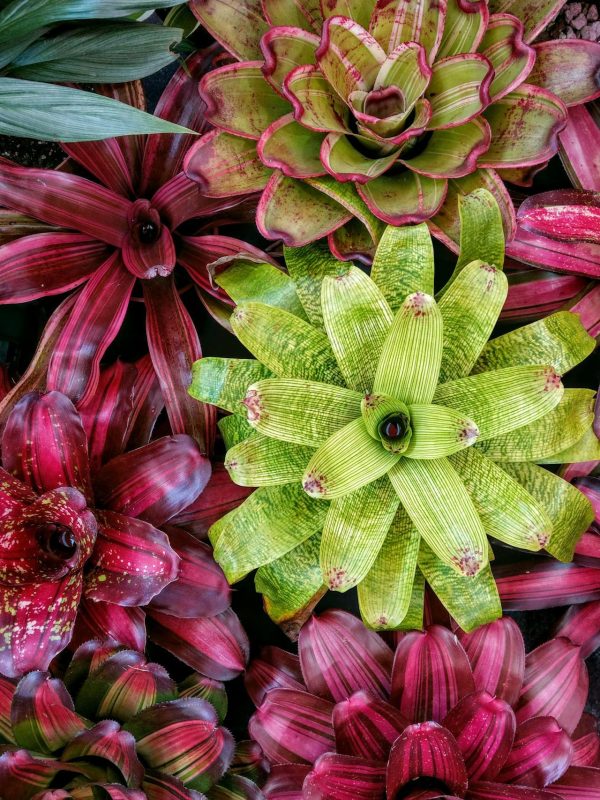
Bromeliads come in various colors and shapes, making them interesting choices for indoor gardening. They require bright, indirect light and moderate water, preferring to have their central cups filled with water. Their striking flowers can add a burst of color to your home.
49. Maranta (Prayer Plant)
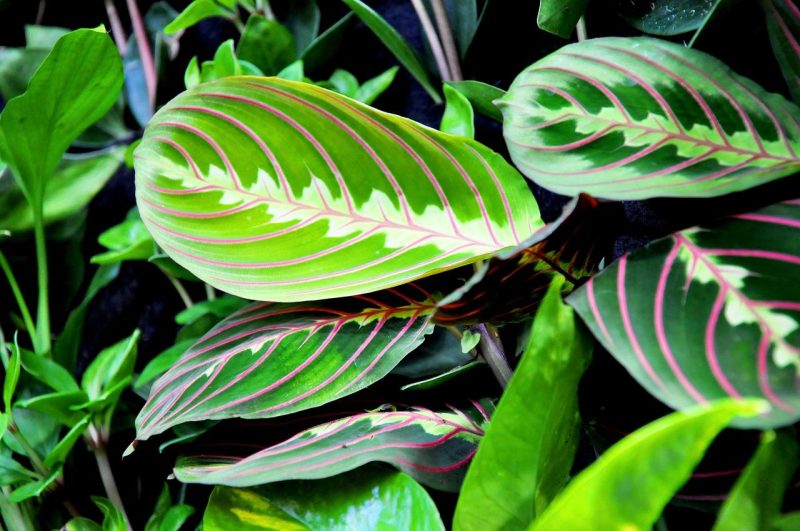
The Maranta, or Red Prayer Plant, is known for its striking ovate leaves with beautiful red veins. Like other prayer plants, it prefers low to moderate light and high humidity. The leaves fold at night, giving this plant a unique charm, and it thrives with regular misting to maintain moisture.
50. Pansy (Viola)
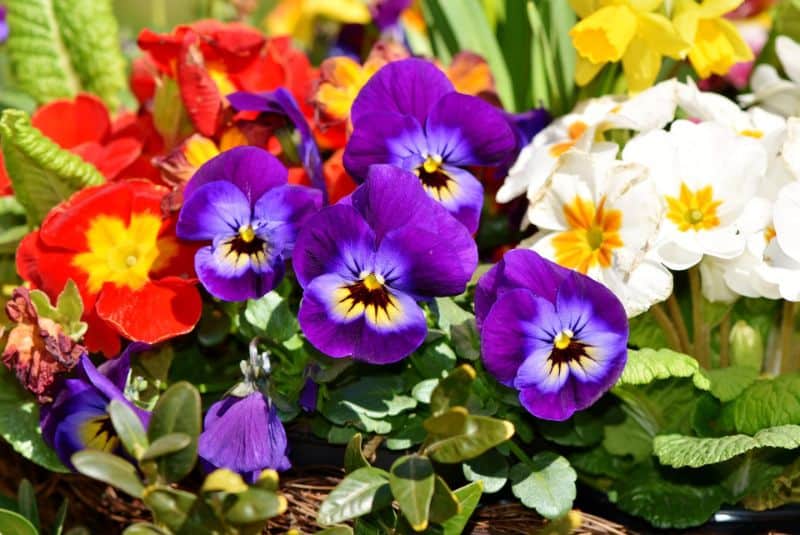
While often used as outdoor garden plants, some pansies can be grown indoors in a pot. They enjoy bright light and moderate temperatures. Their colorful blooms can brighten your home, making them a cheerful addition to your indoor garden.
51. Schefflera (Umbrella Plant)
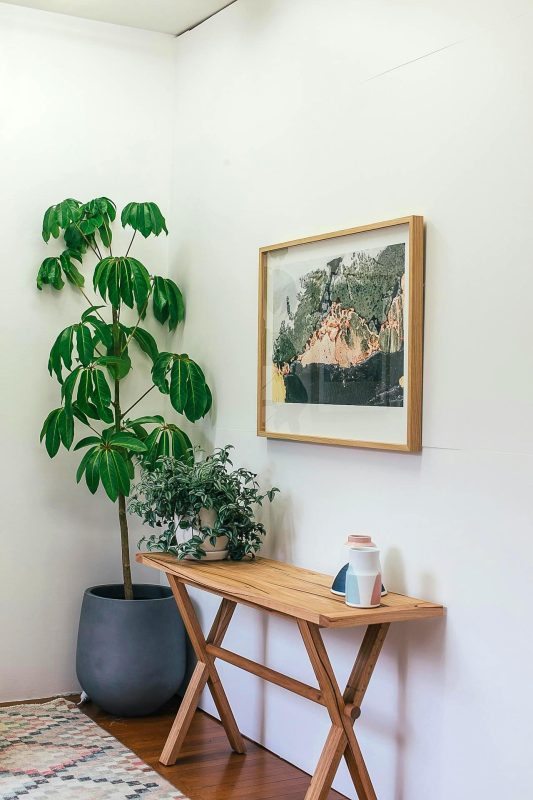
The Schefflera, or Umbrella Plant, features glossy green leaves that form an umbrella-like pattern on its stems. It prefers bright, indirect light and requires regular watering when the topsoil feels dry. This shrub can grow quite large, making it a statement piece in any room.
52. Air Plant (Tillandsia)
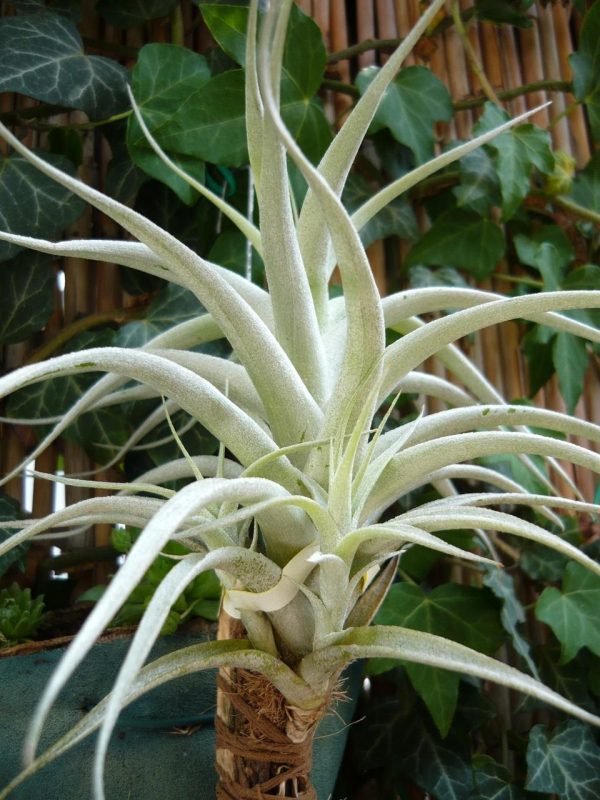
Air Plants have gained popularity for their unique growing habits. Without the need for soil, they absorb moisture and nutrients through their leaves. They thrive in bright, indirect light and require occasional misting or soaking in water. Air plants can be creatively displayed in terrariums, hanging in glass globes, or attached to wood or driftwood.
53. Pothos (Epipremnum aureum)

Pothos is a popular choice for beginners and is virtually indestructible. Its trailing vines, adorned with heart-shaped leaves, can be trained to climb or cascade down from shelves. Pothos thrives in a variety of light conditions and prefers to dry out between waterings, making it perfect for busy individuals.
54. Lacy Tree Fern (Microlepia strigosa)
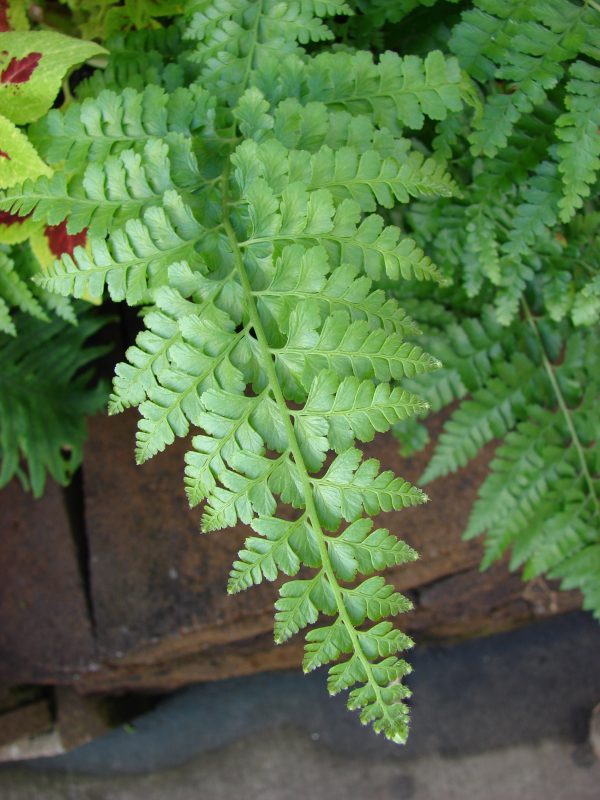
The Lacy Tree Fern is known for its finely divided fronds, creating a feathery, lace-like appearance. It thrives in humid environments, making it ideal for kitchens or bathrooms. It prefers shade or filtered light and can add a tropical touch to indoor spaces.
55. Chinese Evergreen (Aglaonema)

Chinese Evergreens are well-loved for their stunning variegated leaves and tolerance to low light. They come in various colors and patterns, providing a striking addition to your indoor collection. They prefer to be kept relatively moist but can tolerate some neglect, making them perfect for beginners.
56. Alocasia (African Mask Plant)
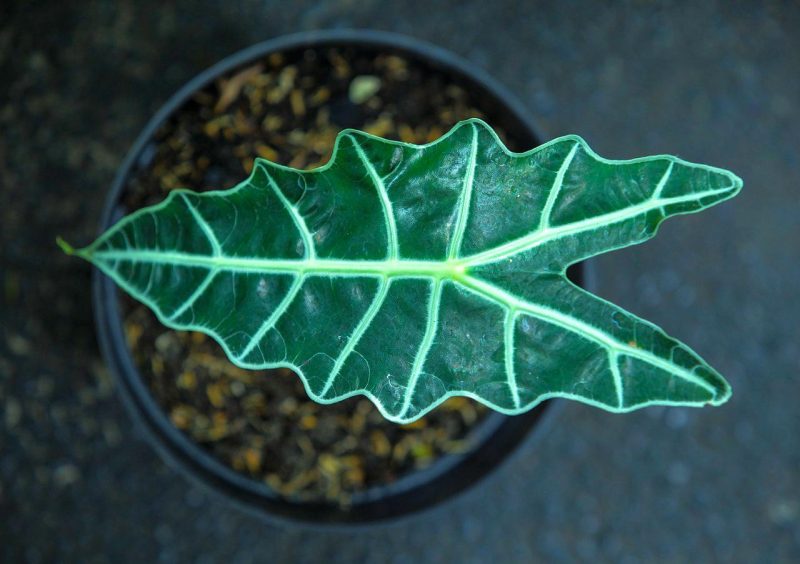
The Alocasia is a dramatic plant with large, striking leaves shaped like arrows. It prefers bright, indirect light and high humidity, making it ideal for bright areas in the home. Ensure its soil stays moist but well-drained to prevent root rot.
57. Cast Iron Plant (Aspidistra elatior)

The Cast Iron Plant lives up to its name, being nearly indestructible and able to thrive in a wide range of conditions. It prefers low light and can tolerate neglect in watering. Its broad, dark green leaves can add a lush look to indoor spaces.
58. Lipstick Plant (Aeschynanthus radicans)
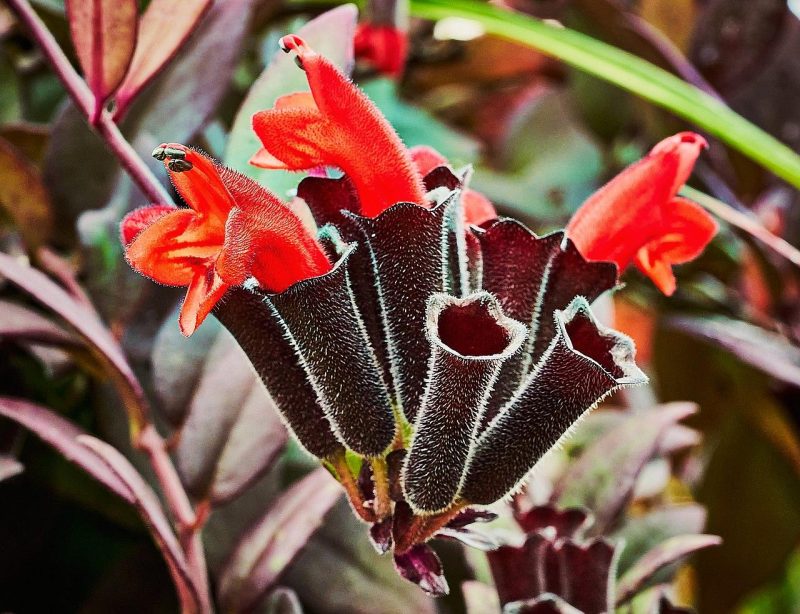
The Lipstick Plant derives its name from its stunning tubular flowers that resemble tubes of lipstick. It’s a trailing plant that thrives in bright, indirect light with moderate humidity. This plant adds a pop of color with its attractive flowers nestled among its dark green foliage.
59. Boston Fern (Nephrolepis exaltata)
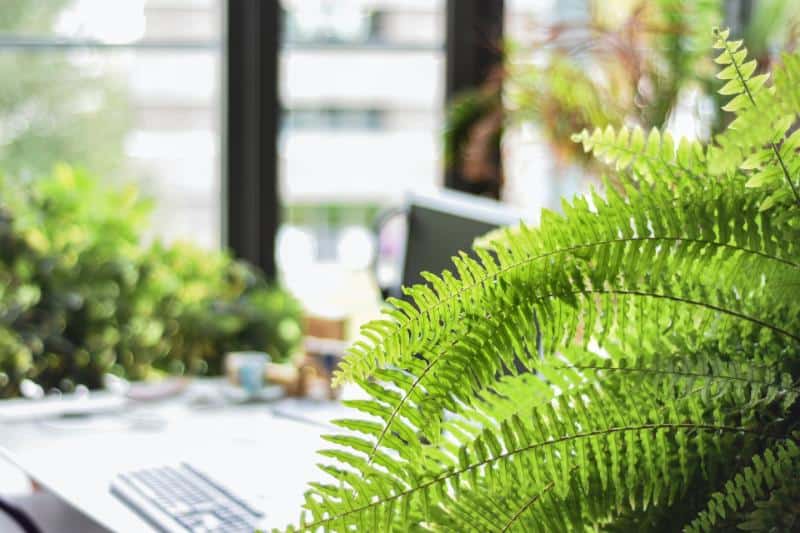
The Boston Fern is known for its lush, feathery fronds that can elegantly cascade over the sides of pots. It prefers high humidity and bright, indirect light, making it well-suited for bathrooms or kitchens. Regular misting helps maintain its moisture-loving nature.
60. Jewel Orchid (Ludisia discolor)
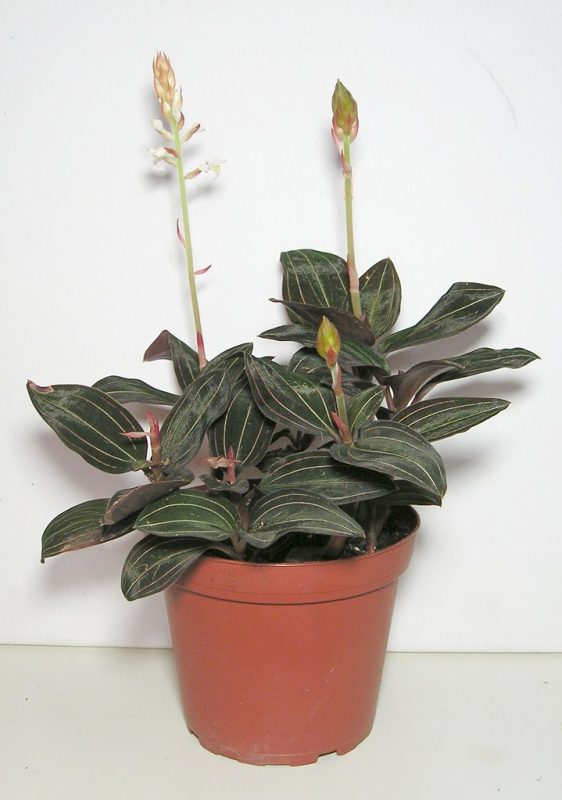
The Jewel Orchid, known for its stunning foliage rather than flamboyant flowers, features rich green leaves adorned with striking white or red veins. It thrives in low to medium light and prefers high humidity, making it ideal for indoor conditions. This plant is especially prized for its unique appearance and can be a real conversation starter in your houseplant collection.
Tips for Caring for Indoor Plants
Now that you’re familiar with some of the best indoor plants, here are a few general care tips to help keep your green companions thriving:
Light Levels: Understand the light requirements of each plant. Place them according to their needs —some thrive in direct sunlight, while others prefer shade or indirect light.
Watering: Overwatering is a common mistake. Ensure pots have adequate drainage and adjust your watering schedule based on the specific requirements of each plant.
Humidity and Temperature: Many houseplants thrive in higher humidity levels. If your home is dry, especially in winter, consider using a humidifier or a pebble tray with water. Most plants prefer temperatures between 65°F and 75°F (18°C to 24°C).
Fertilization: Indoor plants benefit from regular feeding, especially during their growing season (spring and summer). Use a balanced, water-soluble fertilizer according to the directions for each plant.
Repotting: As your plants grow, they may outgrow their pots. Repot them in larger containers as needed, typically every 1-2 years or when you notice root growth becoming limited.
Pest Control: Keep an eye out for pests such as spider mites, aphids, and mealybugs. If detected early, these issues can often be resolved with natural remedies or insecticidal soap.
Pruning and Cleaning: Regularly prune dead or yellowing leaves to encourage new growth. Dust can accumulate on leaves, so gently wipe them with a damp cloth to help the plant breathe and absorb sunlight more effectively.
Creating Your Indoor Plant Sanctuary
Designing your indoor space with plants can transform your home into a serene sanctuary. Here are a few ideas for arranging your plants creatively:
Grouped Arrangements: Combine different types of plants in a variety of shapes and sizes in one area for a lush, jungle-like atmosphere. Mixing textures and colors will make the display visually appealing.
Shelves and Stands: Utilize shelves or plant stands to display your plants at different heights. This not only saves space but also creates an interesting visual dynamic.
Hanging Plants: Use macramé hangers or wall-mounted planters for trailing plants like Pothos or String of Pearls. This will free up surfaces and add vertical interest.
Table Centerpieces: Place a larger plant, such as a Fiddle Leaf Fig or Rubber Plant, as a dramatic centerpiece on coffee tables, dining tables, or entryway tables.
Bathroom Gardens: Take advantage of the humidity in bathrooms by placing humidity-loving plants like Boston Ferns or Peace Lilies. They can thrive in these spaces while adding a refreshing touch.
Workspace Greens: Introducing small plants like cacti or succulents to your desk can improve focus and productivity while also beautifying your workspace.



